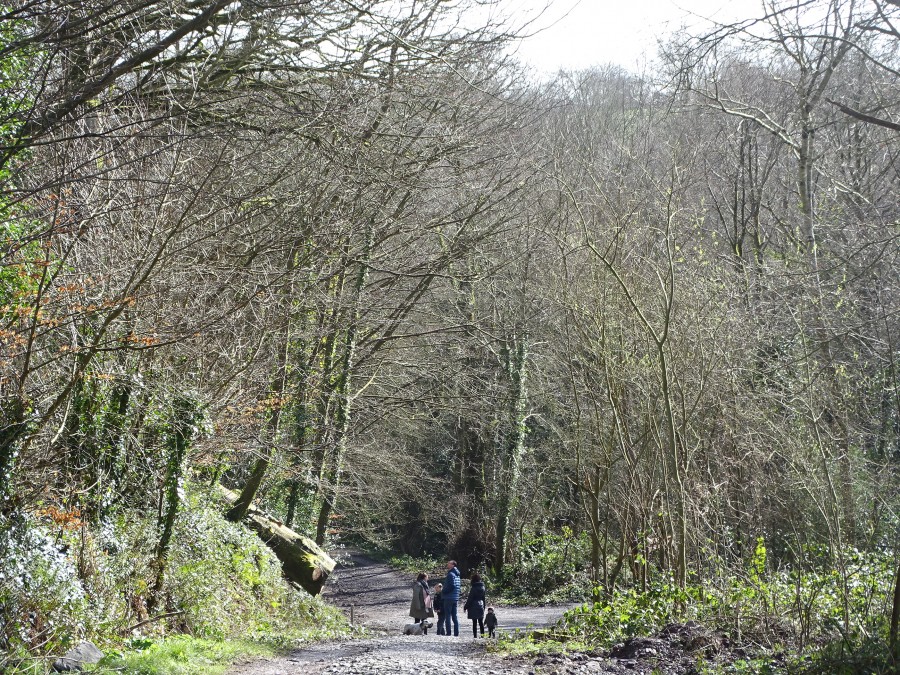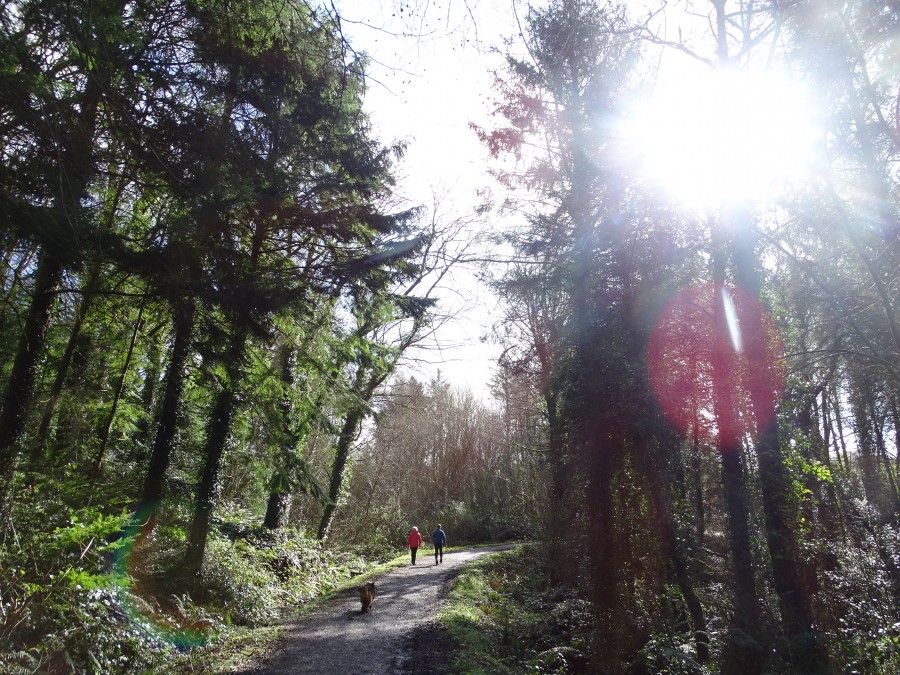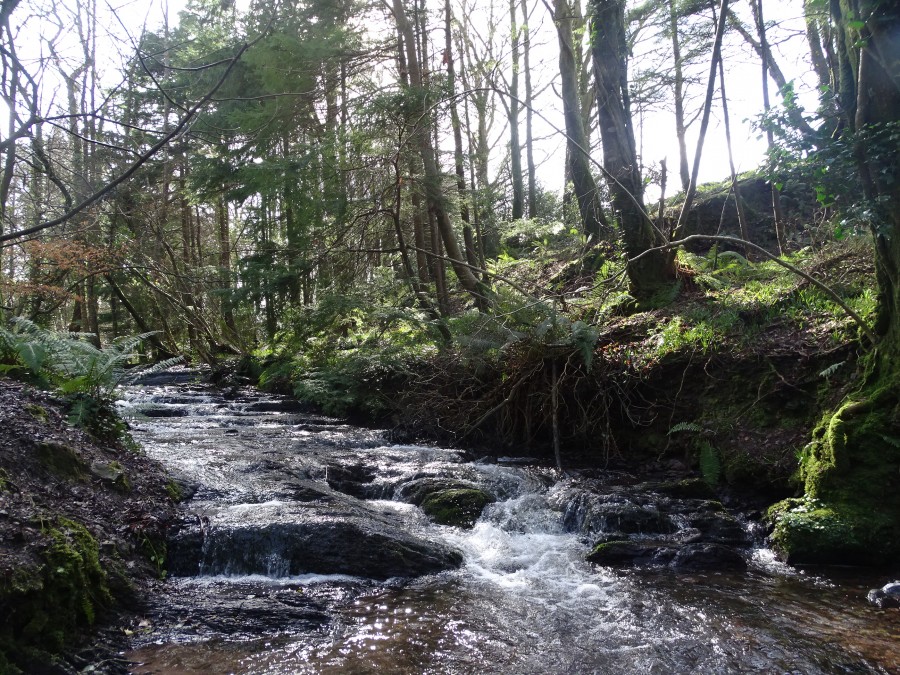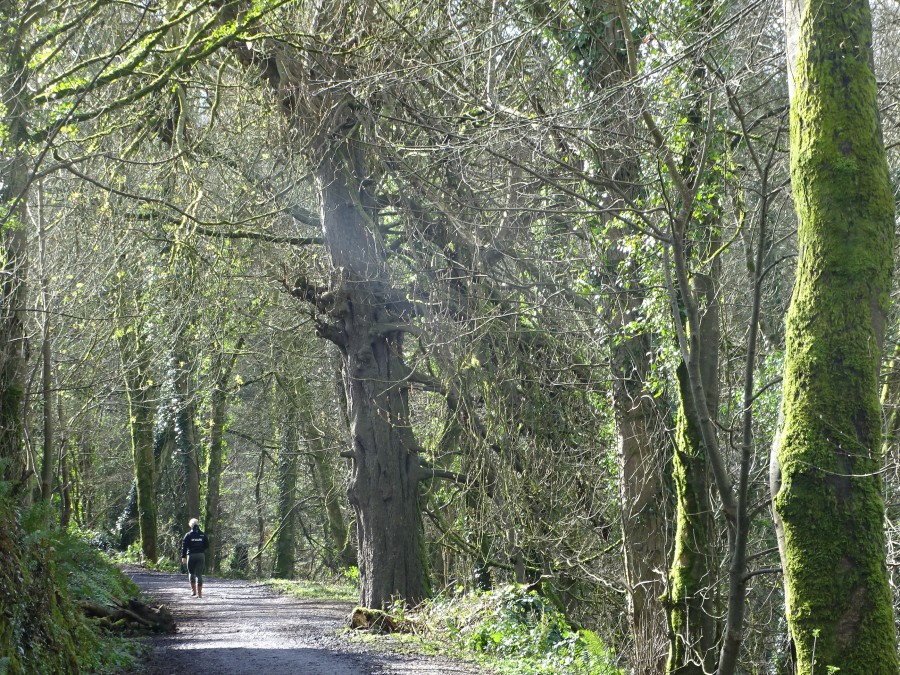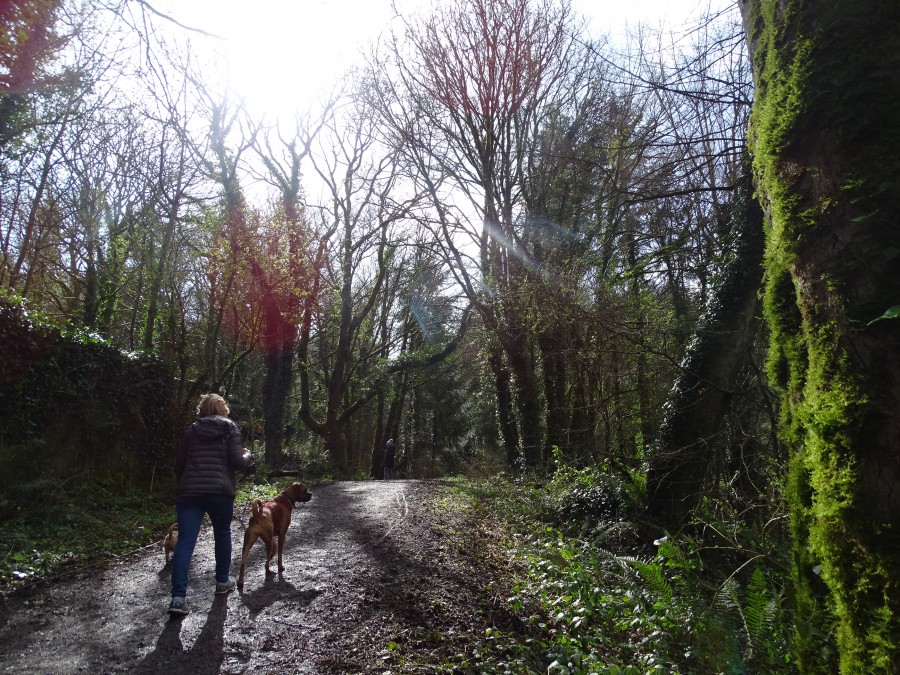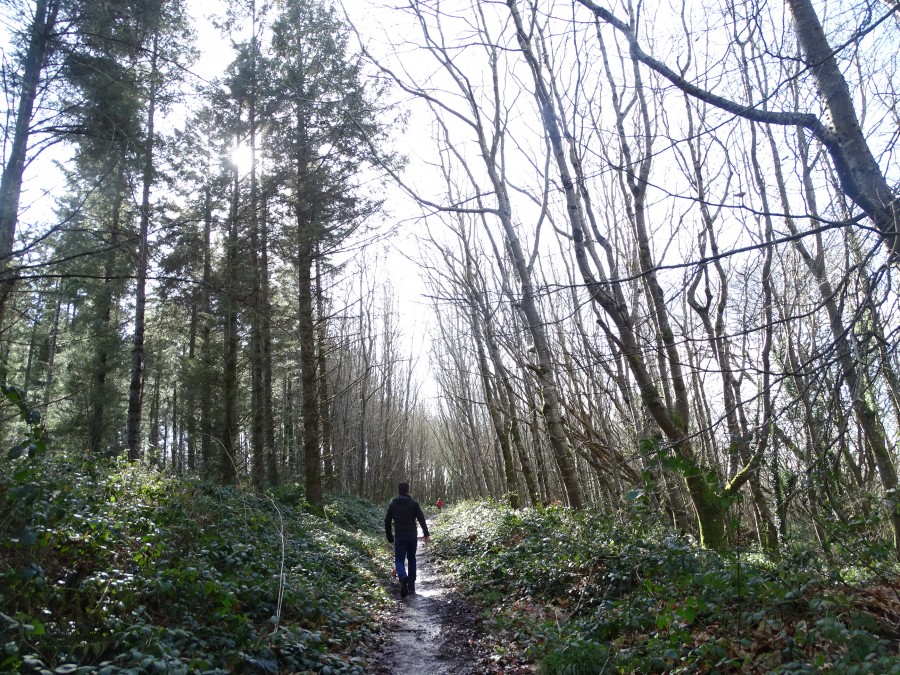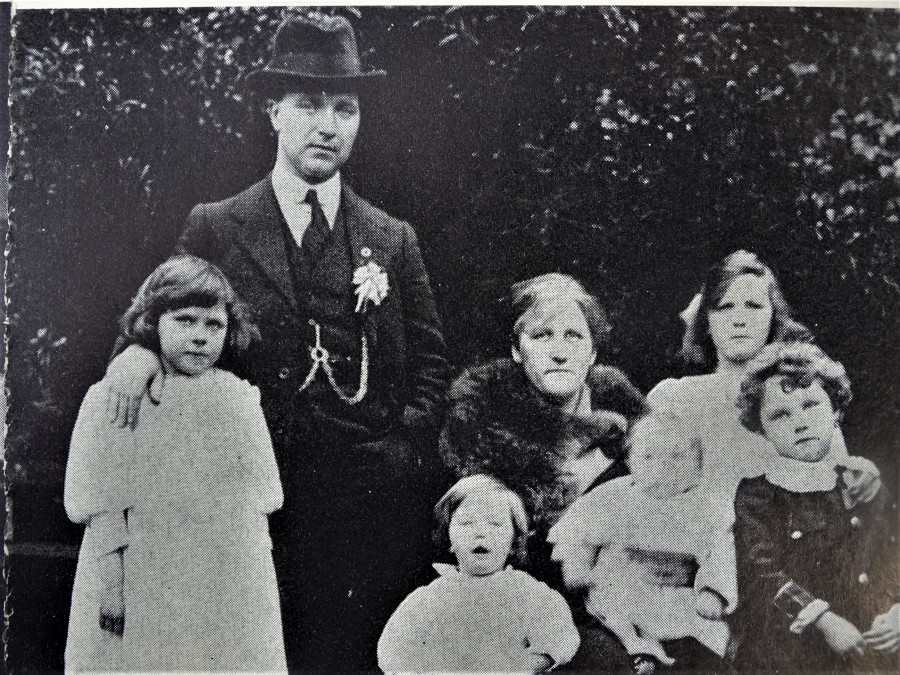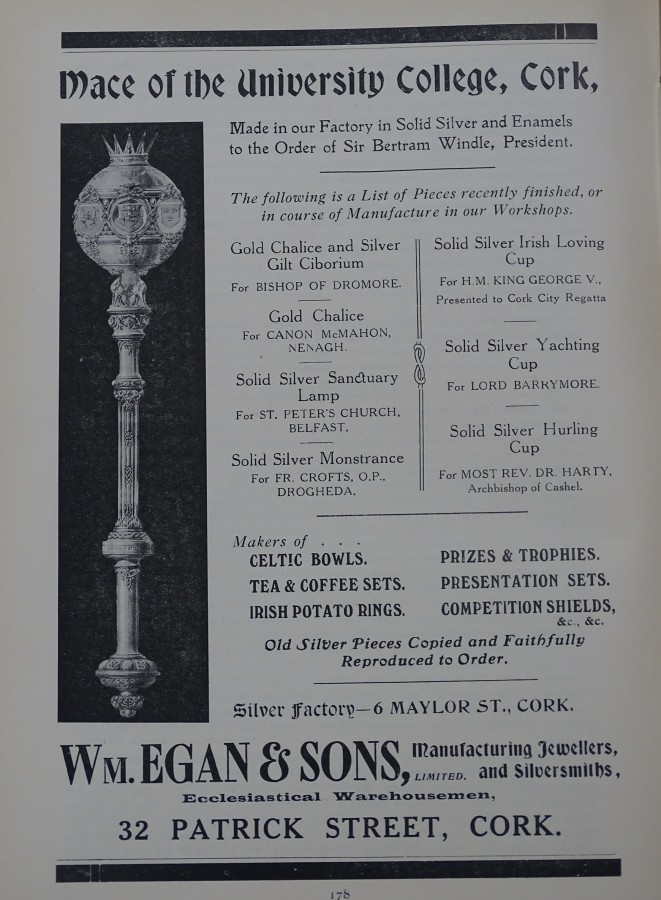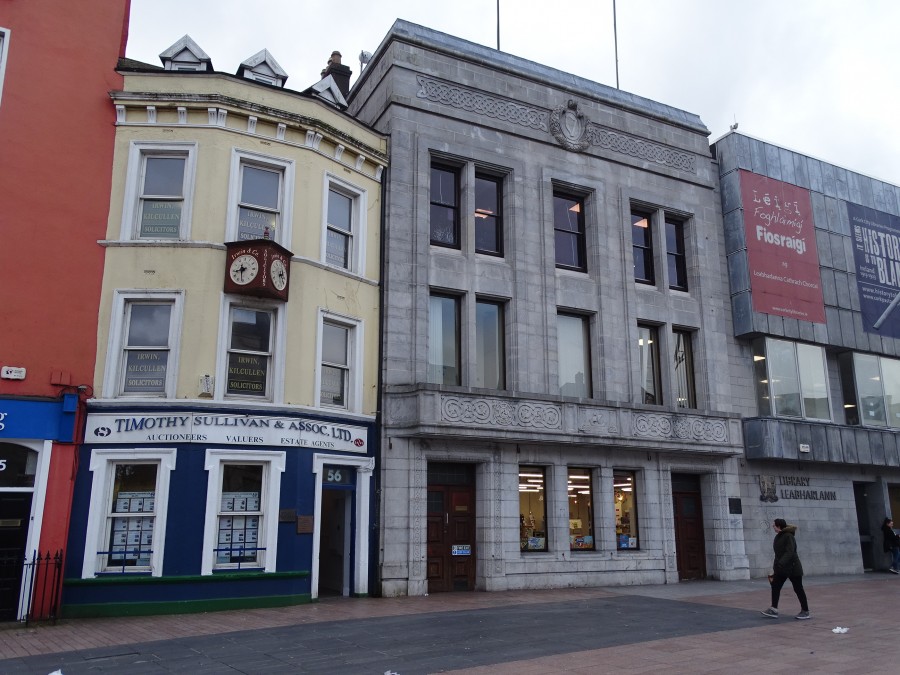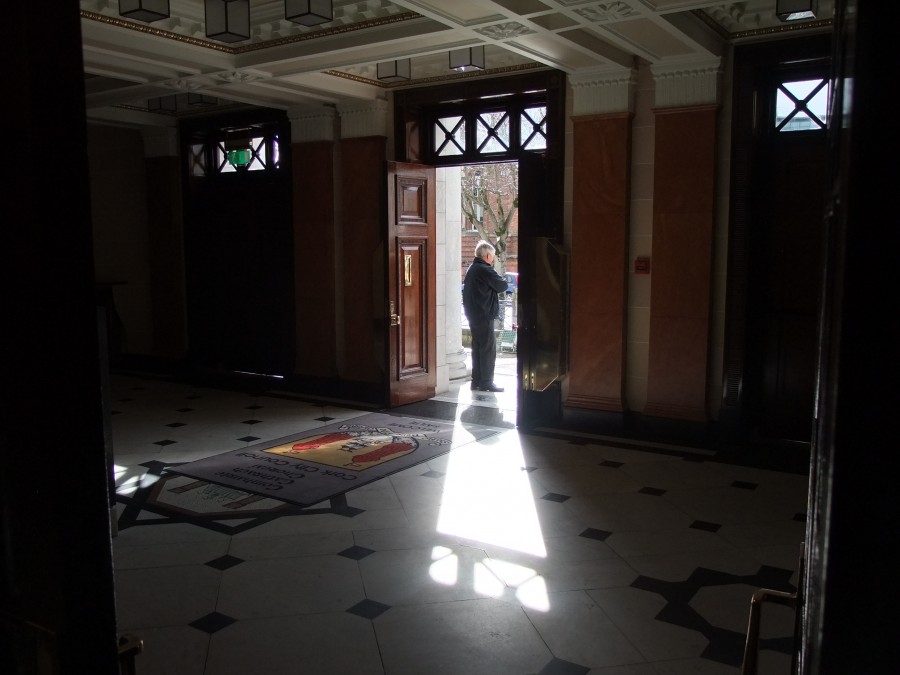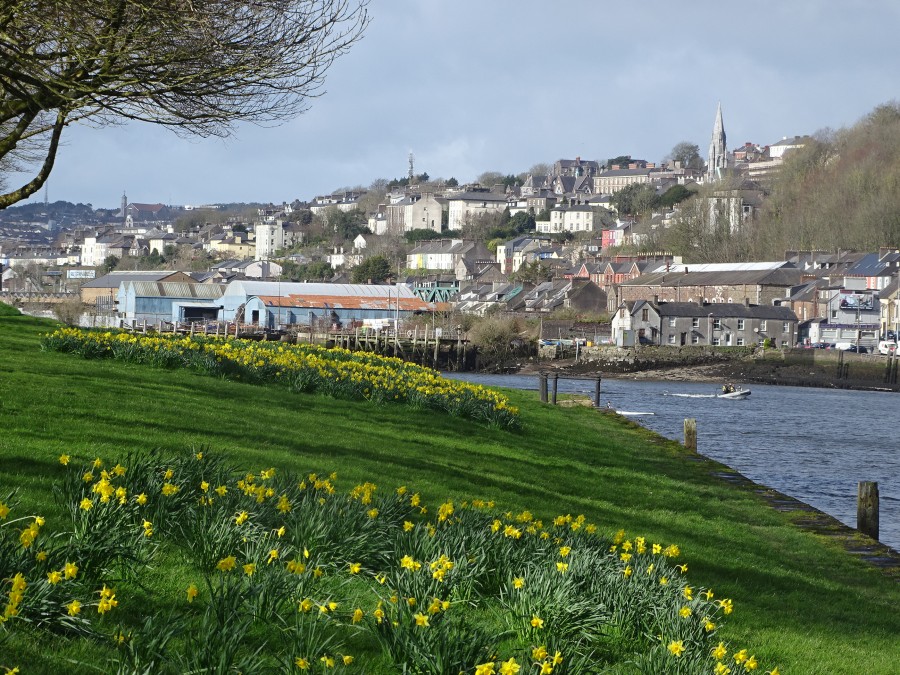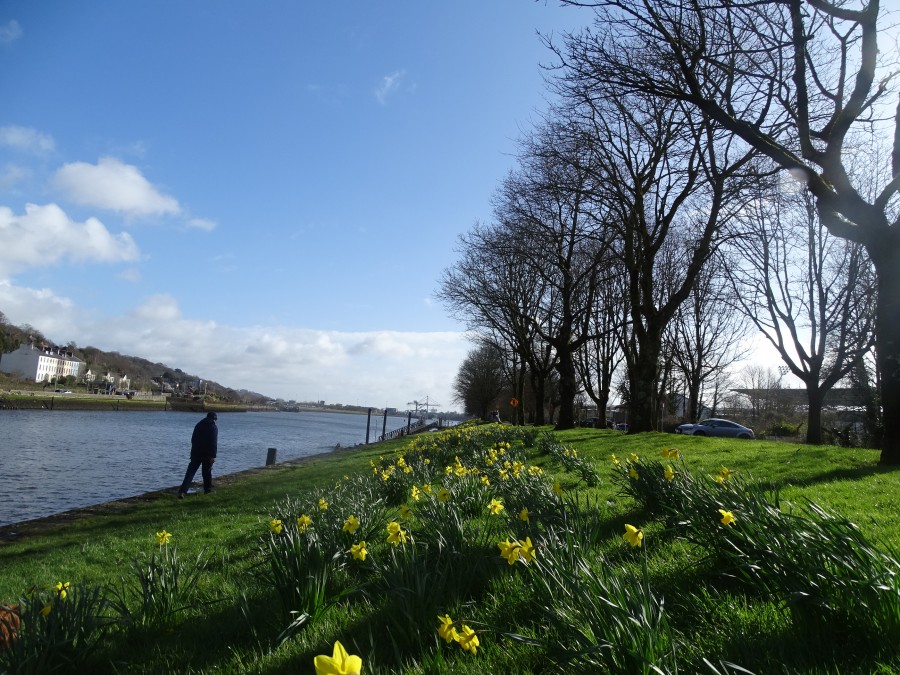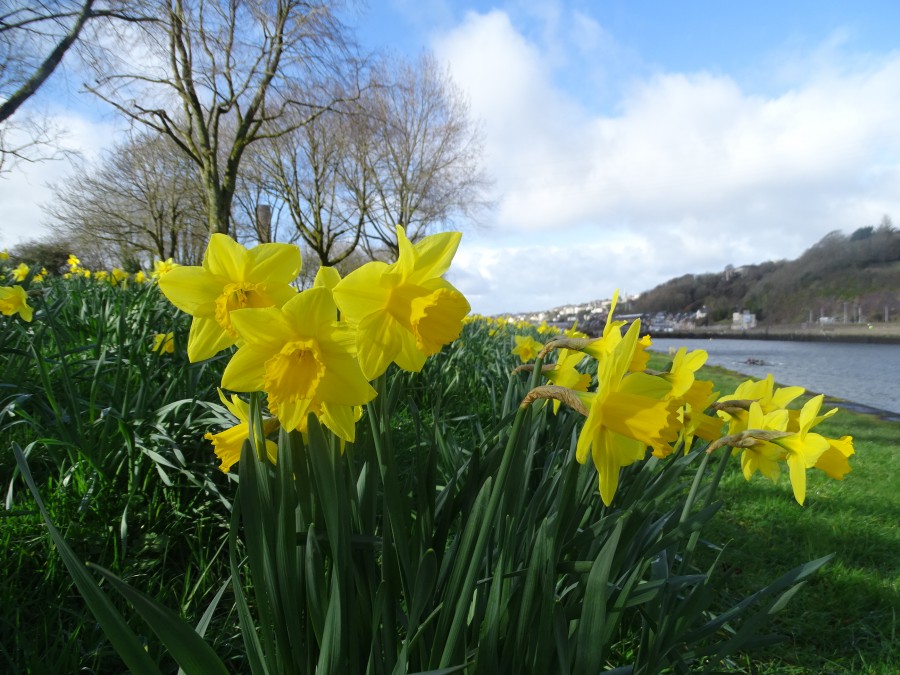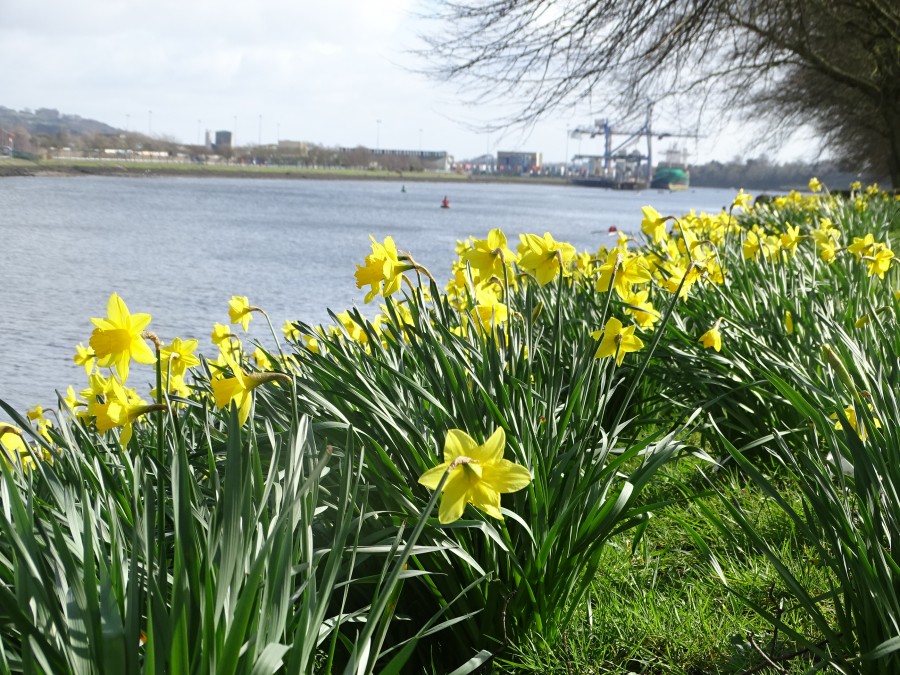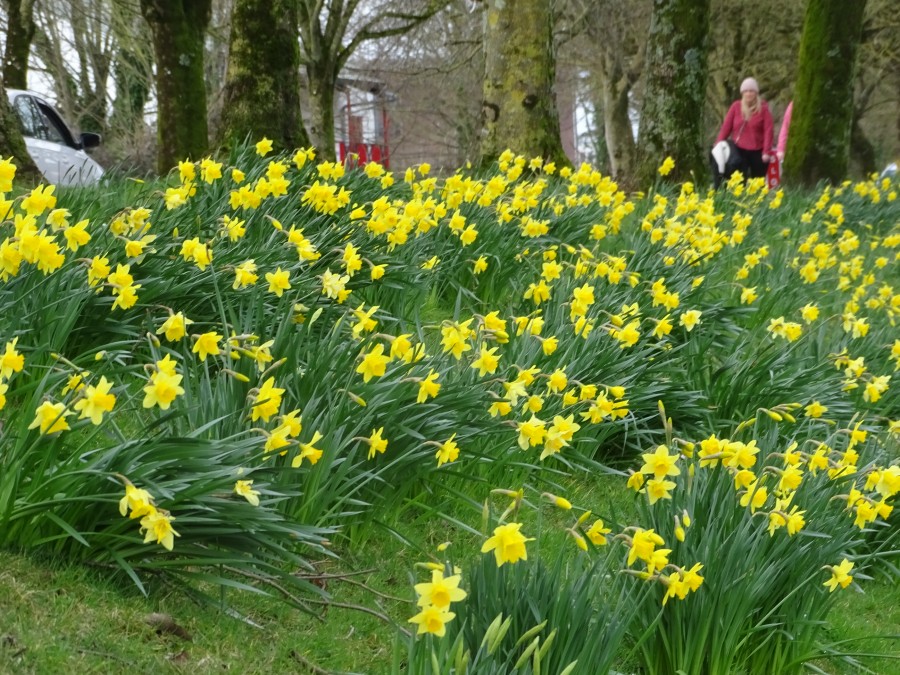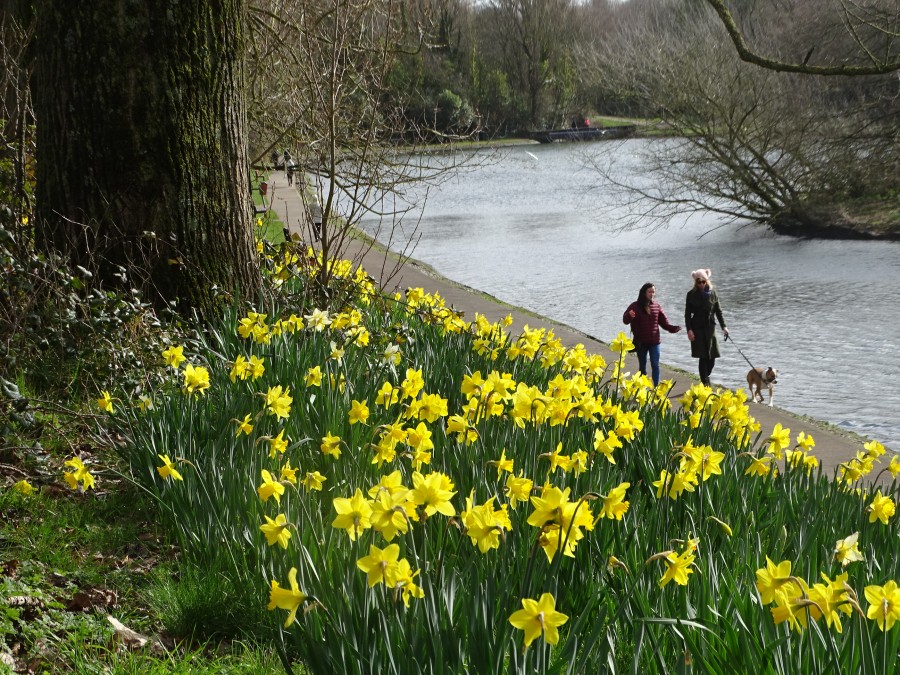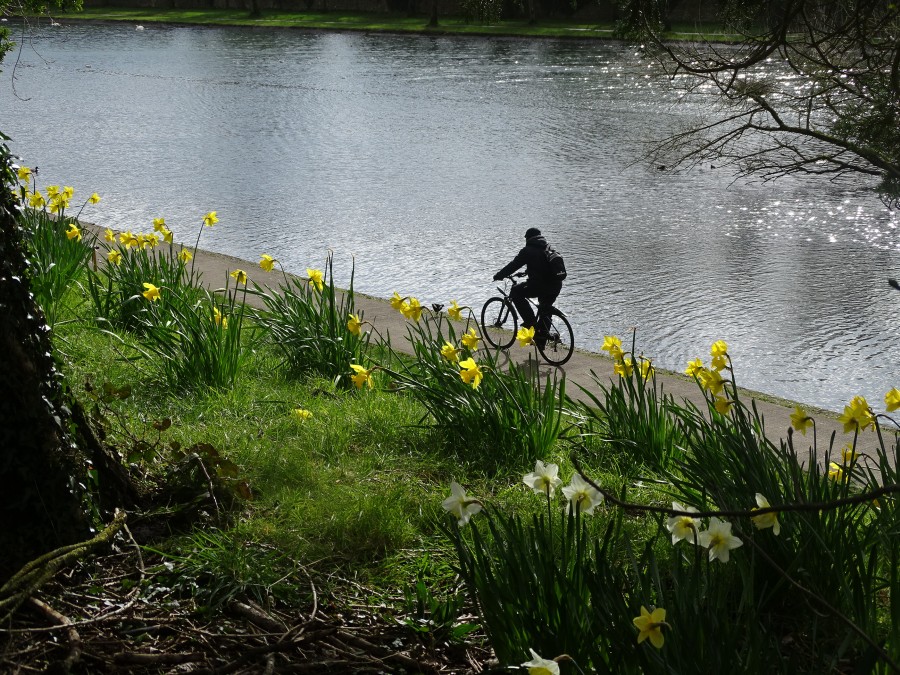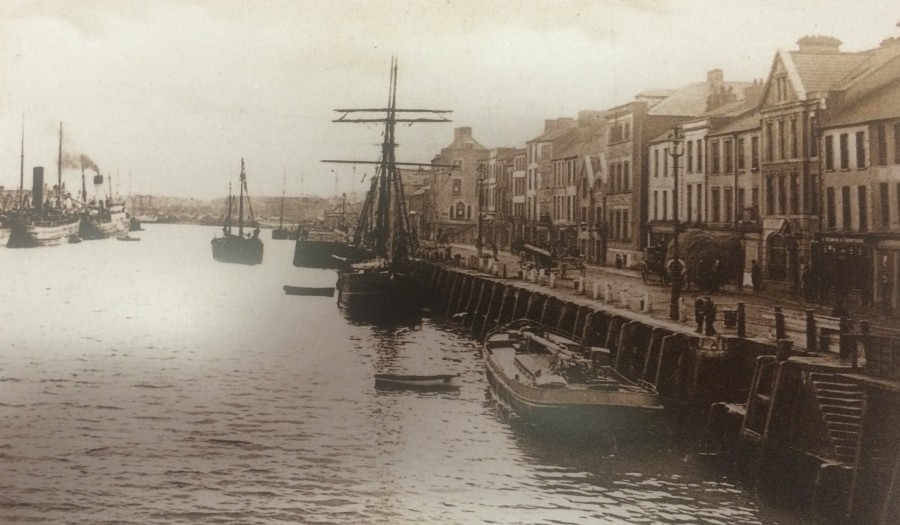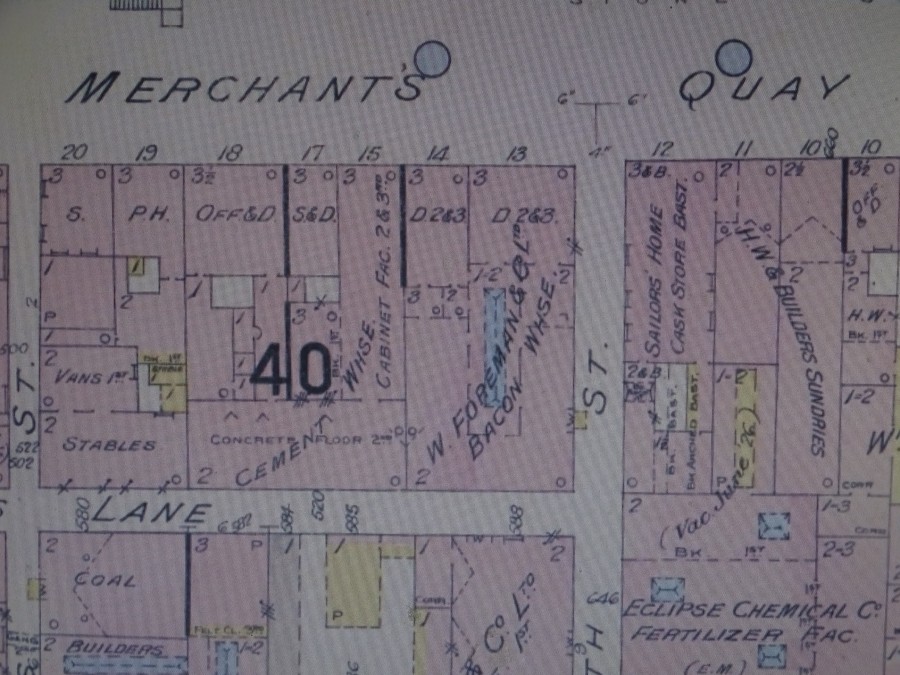Category Archives: Uncategorized
Kieran’s Our City, Our Town, 19 March 2020
Kieran’s Our City, Our Town Article,
Cork Independent, 19 March 2020
Remembering 1920: The Murder of Tomás MacCurtain
One hundred years ago on the night of 19 March and the morning of 20 March 1920, Tomás MacCurtain (1884-1920), was murdered at his home in Blackpool. His murder is linked to the tit-for-tat violence between the Royal Irish Constabulary (RIC) and the Irish Republican Army (IRA). For example, on 10 March 1920 District Inspector McDonagh was shot dead by IRA members. The response by the RIC was the ransacking of Sinn Féin clubs and the homes of key members such as Seán O’Sullivan and Professor William Stockley. On 19 March 1920, RIC Constable Joseph Murtagh was shot and killed by the IRA near the City Centre. The RIC response was quick and this time Brigade no 1 Commander Tomás MacCurtain was to be the target. He was murdered later that night. The details of the murder were detailed by his wife Eilís in her inquest interview some days later, of which I lay out below.
Tomás and Eilís MacCurtain had lived for some years at 40 Thomas Davis Street in the heart of Blackpool. By March 1920 they had five children living, of whom the youngest was ten months. In addition to her late husband her three-sisters, brother, two nieces, and a nephew lived in the house. Eilís went to bed at 8.30pm on Friday night 19 March 1920, but she could not say when her husband retired. Sometime during the night she heard a tapping as with a man’s fingers at the door, and sometime after that she heard the door being broken in. After she heard the tapping, and before it was being broken, in, she looked out of the window and asked who was there, and those below said, “Come down”. She asked, when they were breaking in the door, if they would give her time to dress. But she got no reply. “I had a candle lighting in the bedroom”, she said. “My husband got up out of bed and said, ‘Lizzi, I will go down myself”.
Eilís went to the door and opened it. She had a candle in her hand. A man rushed in with a blackened face. One man outside the door then asked “where was Curtain?”, and she said that he was upstairs. Six men rushed in the hall—four tall men and two small men. The two smaller men carried rifles, which they held against their side. One gave orders to hold that her, and the second tall man turned around and caught her and shoved her towards the door. He wore a big overcoat and cap. The men immediately went upstairs, with the exception of one who stood beside me at the door. They were not up several steps of the stair when she heard the firing of rifles or revolvers. When they were upstairs the baby that was in the room of Eilís and Tomás cried. Eilís called out “you have mothers, and I am a mother; for God’s sake let me bring down the baby”. The baby stopped crying when shots were fired. When the crying stopped she thought the baby had been shot.
Shortly afterwards as the six men left the house they shoved Eilís out before them on the street, where she cried for help. She asked if someone could go for the priest, that her husband was shot. There were ten or fifteen men on the road outside the door then. The six men who had been in the house were part of that group. Her brother was also calling out for a priest from a top window, and after an order of “fire” was given the body of men faced the door and fired up towards the windows. The groups left and immediately, she closed the door and saw no more of them.
The body of Tomás was taken from the floor and placed in the bed. Eilís remained downstairs for some time after the men left as she telephoned for a priest to the North Presbytery, and there was some difficulty in getting communication. She, however, succeeded in getting the priest. Before the priest arrived, she went upstairs and addressed her husband by his Christian name, and Tomás opened his eyes. Eilís then telephoned again for the priest, the ambulance, and the doctor. The priest arrived first and heard his Confession end administered the Rites of the Church, but he was dead when the doctor arrived.
At 20 minutes past 1am on Saturday 20 March the telephone of Dr William O’Connor on St Patrick’s Hill rang. He was told by a man at the exchange to hurry to Blackpool – that the Lord Mayor Tomás MacCurtain had been shot and was very bad. Being connected to the MacCurtain phone he heard Mrs MacCurtain’s voice who said the Lord Mayor was shot and she was afraid he was dying. The doctor immediately dressed, got some surgical dressings, rushed out and got a car on Patrick’s Bridge which took him to Blackpool immediately. When he got to the house he found the Lord Mayor lying on the landing, On examination, he found he was dead. His shirt was stained with blood and he had two wounds on the right side of his chest. Dr O’Connor did not make any further examination under the circumstances but made a postmortem examination on the following evening.
An hour after the murder Eilís was downstairs with the baby in the shop when a second visit was paid to the MacCurtain house. There was another tap at the door, and she asked “Who was there?” and the answer was: “Military, open”. She opened the door, and was met with four bayonets to her face, I asked; “In the name of God, what do you want now?” and I got no answer. I then said: “Didn’t ye tear the heart out of him with bullets, and do you want to get my brother, now?”. About six soldiers went into the house with fixed bayonets and four remained outside the door, and two on the street outside. One was familiar to her. He was an RIC officer stationed at Blackpool. The group left after checking the body of Tomás.
More next week…
Captions:
1040a. Tomás & Eilís MacCurtain with family, March 1920 (source: Cork City Library).
1040b. Crowd outside MacCurtain House, Blackpool Bridge, the day after the murder of Tomás 20 March 1920 (source: Cork City Library).
Covid 19 Update – Mortgage Deferrals, 18 March 2020
Coronavirus, Contacts and Social Welfare Forms, 16 March 2020
Kieran’s Our City, Our Town, 12 March 2020
Kieran’s Our City, Our Town Article,
Cork Independent, 12 March 2020
Remembering 1920: Outcomes of a Bye-Election
It was a tale of democracy in action versus the continuation of the violence between opposing sides within the second week of March 1920. On the 10 and 11 March 1920 Sinn Féin candidates Donal O’Callaghan and Barry Egan emerged as victors in the first bye-election post the January 1920 local elections for Cork Corporation. The Cork Examiner reports that Donal had no competition on the ballot paper in the South Ward No.1 Barry Egan fought off just one other candidate Independent Jeremiah Lane – 2,385 first preference votes versus 846 for Jeremiah in the City Centre ward.
Both Donal O’Callaghan or Donal Óg Ó Ceallacháin and Barry Egan are worthy Corkonians to remark upon in terms of their contribution to promoting Cork in 1920. With a little-known background bar his involvement as a young person in Sinn Féin, Donal within months of the bye-election, would become the third Lord Mayor of Cork in 1920 after Terence MacSwiney’s death from hunger strike. Donal’s life and times will be published upon in a book by UCC’s Dr Aodh Quinlivan later this year.
Barry Egan’s obituary on his death in 1954 in the Cork Examiner reveals much on his life and times. Born in 1879 Barry Egan was a grandson of the late William Egan, who founded the Egan jewellery firm in 1820. As a young man Barry went to France to learn his trade, and he returned to Cork to improve the standards of church furniture and vestments as manager of the family business in Cork. He revived the ancient and historic craft of the silversmith to the city that was once famous for that art. He loved to show visitors the workshops in his premises on St Patrick’s Street, where vestments and jewellery were made by highly skilled craftsmen and women, whose training he had done to improve. Barry was one of the pioneers of the Irish industrial revival in the early twentieth century.
Barry Egan was an active member of the Cork Chamber of Commerce with interests as well in tourism promotion. He was a founder also, and a former president, of the Irish Tourist Association, which in the present day has become Fáilte Ireland. Within months of his bye election win, Barry would also become the acting Lord Mayor after Terence MacSwiney’s death on 25 October 1920, become a target of the auxiliaries, flee to Paris for his life and be one of the key champions of rebuilding St Patrick’s Street after the Burning of Cork in December 1920.
On Thursday morning 11 March 1920, the result of Donal O’Callaghan’s municipal bye-election was announced by a poster from the window of the Sinn Féin Club on the Grand Parade, and there was also hung out an invitation to the public to step inside and see the results of an overnight RIC raid. The announcement bore the words: “Admission Free”.
Following on the shooting of District Inspector MacDonagh on Wednesday night 10 March 1920, large forces of police and military raided two Sinn Féin clubs mid a number of private houses in Cork. The headquarters of the Sinn Féin organisation in the city was the club at 56 Grand Parade, and this was entered at 2am on Thursday morning, 11 March 1920. The street door was not forced. The police had in some way provided themselves with a key. About fifteen police and soldiers were said to have entered, whilst a larger number awaited developments outside. There was nobody, in the club at the time. The Cork Examiner reporting on it wrote that not a picture remained unbroken, nor a chair nor a table. Five chairs were in the front room, and these appeared to have been broken and swung against the table or floor. Two tables also were broken, and the whole floor was strewn with broken glass. The photo near the door was of Mr J J Walsh, MP, for Cork City, and the glass and frame of this were broken whilst the photo itself bore a mark similar to what might be made by a blow of the butt end of a rifle.
A picture representing the shooting of Fenian Peter O’Neill Crowley at Kilclooney Wood, East Cork was pulled flown, and the glass and frame were broken; the picture itself was not damaged. The glass and frame of the picture showing a group of the leading spirits of the 1916 Rising were also broken. A similar fate befell the glass frame of a photograph of Madame Maud Gonne McBride. A frame in the front room of the club contained grass and leaves from the grave of Charles Stewart Parnell, Fenian Leader Jeremiah O’Donovan Rossa and Easter Rising Director of Arms Michael Joseph O’Rahilly and this was torn down and its contents strewn about.
Two families lived over the club, and they became alarmed at the noise downstairs. When they heard the crashing of tables, chairs and pictures they thought that a fire had broken out in the building, and that the Fire Brigade were trying to force the door. One of the women rushed on to the stairs with her children, but only to see a policeman with a lighted paper in his hand, and a soldier by his side with a rifle, on the landing below. The policeman shouted up at her and asked if that part of the house was private property and, on her saying that it was they did not come any further. But she and her family, and another woman who lived in the house dressed and sat up for the remaining of the night for fear of another raid on the premises.
Captions:
1039a. Advertisement for Egan’s Silversmiths, St Patrick’s Street, from Cork: Its Trade and Commerce, 1919 (source: Cork City Library).
1039b. Former site of central Sinn Fein Club on the Grand Parade, Cork, present day (picture: Kieran McCarthy).
Kieran’s Question to CE and Motions, Cork City Council Meeting, 9 March 2020
Question to CE:
To ask the CE for an update on the tender process for Marina Park? (Cllr Kieran McCarthy)
Motions:
That the white lines be repainted at the entrance and exit from Maryville Estate to Blackrock Road (Cllr Kieran McCarthy)
That “Welcome to” Signs to Ballintemple Village and Blackrock Village be erected on routes entering the respective villages (Cllr Kieran McCarthy).
That a bus stop shelter be erected at Skehard Lawn stop next to the Petrol Station on Skehard Road (Cllr Kieran McCarthy)
That Cork City Council amend the Private Drains Information Leaflet to state that should the deeds of a house owner state that the house owner is responsible for their own drains then any pipe work repair / replacement will be the responsibility of the house owner only (Cllr Kieran McCarthy).
Ward Landscapes – Spring & Daffodils, The Marina, 8 March 2020
First Call Out, Cllr Kieran McCarthy’s Community Talent Comp Poster 2020, April 2020
Kieran’s Our City, Our Town, 5 March 2020
Kieran’s Our City, Our Town Article,
Cork Independent, 5 March 2020
Remembering 1920: A Home for Sailors
The annual meeting of the supporters of the Cork Sailor’s Home was held on 2 March 1920 at noon in the Boardroom of the institution at 12 Merchants Quay, Cork. Mr D J Lucy, Chairman of the Cork Harbour Board, presided.
The report, published in the Cork Examiner, presents another slice of life in the city plus places on the historical record the large value of the Home to sailors and seamen. Since its foundation in 1852, the principal mission of the Home was to lobby the British Admiralty for accommodation for sailors of the Royal Navy, and also of the mercantile community. Seventy-year old Sir John Scott had a long connection over several decades with the Cork Sailor’s Home. He noted that the home had gone through a very trying time during the World War with the high number of wrecks and casualties. The Home was also an asylum for poor sailors whose ships had been torpedoed, and who perhaps had spent days and nights in small boats in the seas. He had seen men who could get clothes in the coast towns coming there in blankets, being taken in, and their comfort provided for. He gave special thanks to the Cork Steam Packet Company who facilitated sailors to get across the Irish Sea to their homes, and to the Ship Wrecked Mariner’s Society, who worked with the Committee in providing for the immediate wants of shipwrecked sailors or those who were in distress.
Sir John Scott noted that individual championing of stories was important to the Cork Sailor’s Home. An example was given of a sailor, who after a very long foreign voyage, came to the Cork Sailor’s Home and received a welcome. He had nearly £50 the balance of his hard-earned wages with him, which he deposited with the House Steward for safe keep, with the exception of £5 which he kept. He left the Home one evening, as he said, to take a walk round, and two days after he returned without a penny in his pocket und without an overcoat. He was unable to tell what happened his money or his coat, but on leaving he recorded his grateful thanks to the House Steward for the shelter and protection which he had given him.
Sir John Scott had a long connection with the shipping industry and all aspects maritime. His obituary in the Cork Examiner in 1931 reveals that his grandfather was Edward Scott, a member of an old Cork family who founded Scott Harley and Company in the early nineteenth century and who pursued business in the shipping and ship-building industry. John was knighted in 1892, was Mayor of Cork in 1896 and was successful Commercial candidate in the Local Elections of January 1920. He was High Sheriff of Cork from 1920 to 1926. For over forty years, he was a member of the General Synod of the Church of Ireland, and during the same period was a trustee and honorary secretary of Cork Fever Hospital. He was a past president of Cork Incorporated Chamber of Commerce and Shipping and was chairman for Cork Unionist Association. He also was a member of the Poor Law Guardians, the Eglinton Lunatic Asylum and a secretary of the Cork Musical Society staging many Gilbert and Sullivan Light Operas at Cork Opera House.
Sir John Scott urged the governing committee of the Home to make a strong claim on the Admiralty for an increased grant and thanked the public subscribers. Public subscription was important to keep the Cork Sailor’s Home going. The annual report records subscriptions of £67 18s 5d for 1919 with additional grants of Admiralty grants of £45, a bequest fund of £5, and interest in investments totaling £23 11s 5d. At the beginning of the war there was a debt of £13 4s 10d due to the Provincial Bank. The Committee recommended that a special appeal be made to the public to clear £200 to clear off the present debt on the institution and to provide sundry urgent requisites such as bedding, which needed to be replaced after the exceptional strain put upon the Home during the time of the war.
The duration of the First World War and its end in late 1918 led to thousands of seamen returning home seeking a home, financial support and social support. During 1919 the Cork Sailor’s Home was visited by 2,956 seamen. Of this number 1,855 belonged to the Royal Navy, as against 1,656 in 1918 and 1,356 in 1917. A total of 986 were sailors of the British Mercantile Marine, as against 2,364 in 1918, and 866 in 1917. Individuals numbering 105 belonged to other nationalities, as against 104 in 1917 and 675 for 1918.
The report regretted to have to record the death of Mr Michael Mullins, who was for 15 years was the faithful House Steward of the Home, and who took a very great personal interest in forwarding its advancement in every possible way. Mr Robert O’Donoghue, Chief Petty Officer, had been appointed House Steward in Michael’s stead. Reference was also made to Dr Philip G Lee, who owing to pressure of his professional work has retired from the position of Honorary Secretary, which he filled for a quarter of a century. Dr Lee was a surgeon for many years at the Victoria Hospital and was assistant surgeon at the Clinic of the Cork Eye, Ear and Throat Hospital. He was also honorary secretary of the local branch of the British Medical Association, physician to Lapp’s Charity. Within the cultural side of the city Dr Lee was one of the original founders of the Cork Historical and Archaeological Society, was a member of the Royal Irish Academy and also a member of the Royal Society of Antiquarians. In addition, he gave regular lectures with the Cork Literary and Scientific Society.
Captions:
1038a. Merchant’s Quay, Cork, c.1900 (source: Cork City Library).
1038b. Insurance map of Merchant’s Quay, c.1915 showing Cork Sailor’s Home at no 12 (source: Cork City Library).
Award Ceremony, Discover Cork Schools’ Heritage Project 2020
Wednesday evening, 4 March coincides with the Cork City award ceremony of the Discover Cork Schools’ Heritage Project. A total of 25 schools in Cork City took part in the 2019-2020 edition, which included schools in Ballinlough, Ballintemple, Blackrock and Douglas. This year the project was open to new schools within the broader area of the new city boundary. Circa 1200 students participated in the process with approx 220 project books submitted on all aspects of Cork’s local history & heritage.
The Discover Cork Schools’ Heritage Project is in its 17th year and is a youth platform for students to do research and write it up in a project book whilst offering their opinions on important decisions being made on their heritage in their locality and how they affect the lives of people locally. The aim of the project is to allow students to explore, investigate and debate their local heritage in a constructive, active and fun way.
Co-ordinator and founder of the project, Cllr Kieran McCarthy noted that: “The project is about developing new skill sets within young people in thinking about, understanding, appreciating and making relevant in today’s society the role of our heritage – our landmarks, our stories, our landscapes in our modern world. The project also focuses on motivating and inspiring young people, giving them an opportunity to develop leadership and self-development skills, which are very important in the world we live in today”.
The City Edition of the Project is funded by Cork City Council with further sponsorship offered by Learnit Lego Education, Old Cork Waterworks Experience and Cllr Kieran McCarthy. Full results for the City edition are online on Cllr McCarthy’s heritage website, www.corkheritage .ie.
